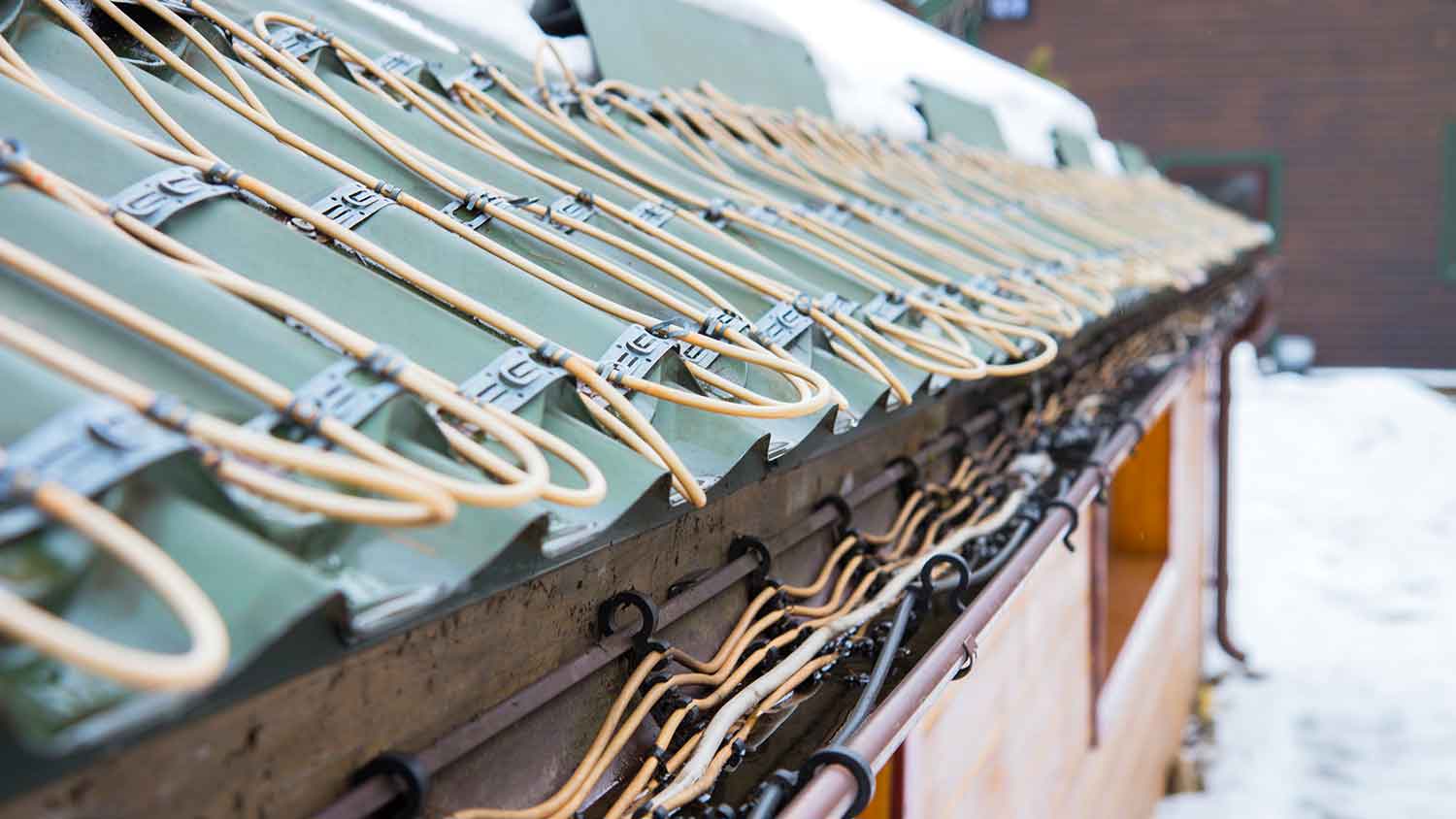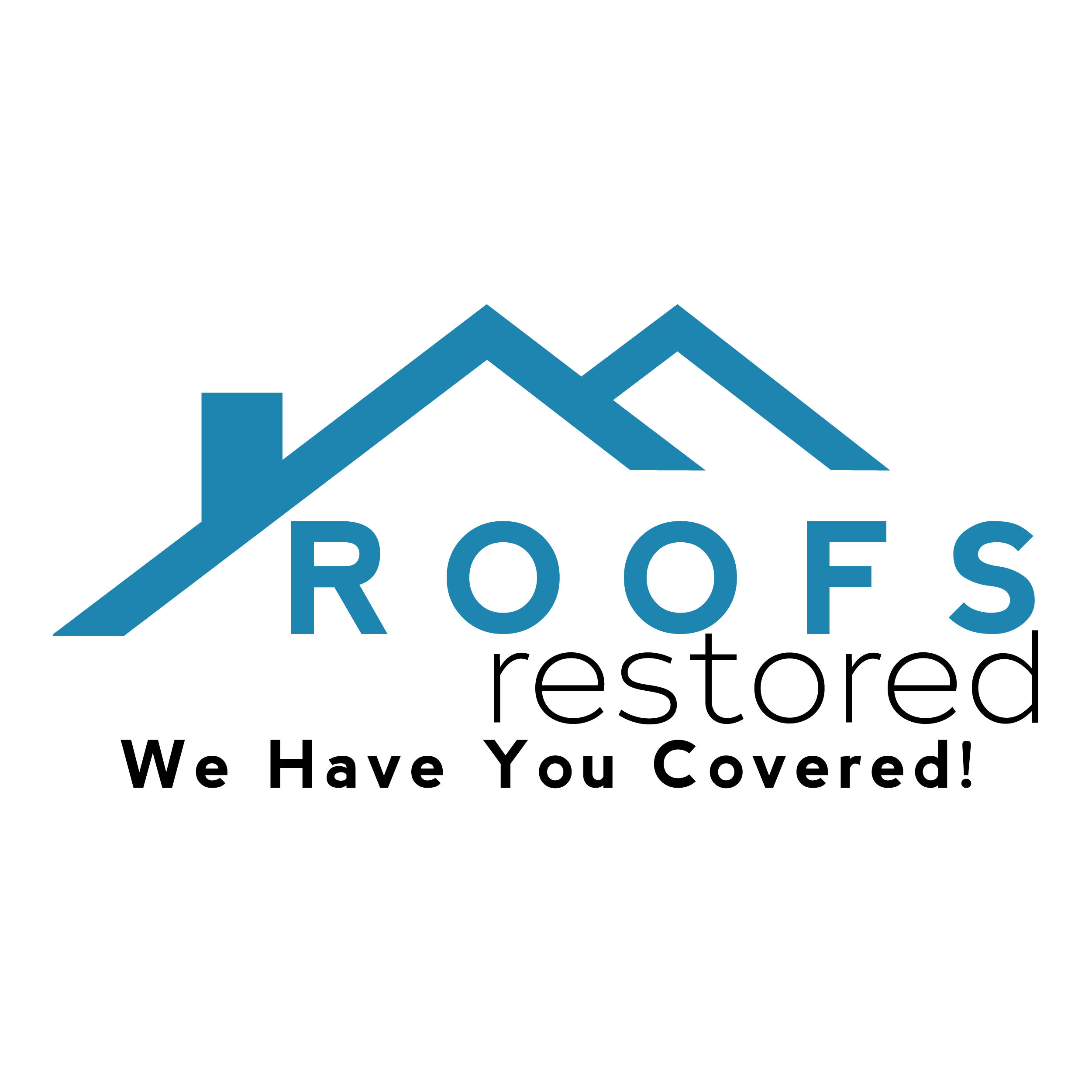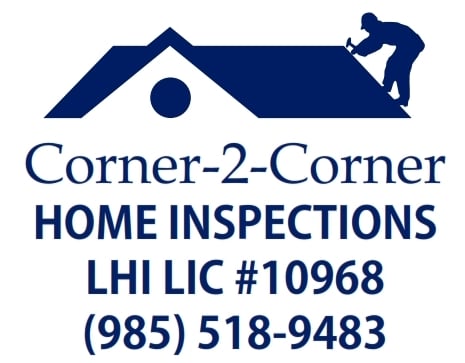
Get matched with top roof ice and snow removal pros in Pineville, LA
Enter your ZIP and get matched with up to 5 pros
Need a pro for your roof ice and snow removal project in Pineville, LA?
Verified Reviews for Roof Ice And Snow Removal pros in Pineville, LA
*The Angi rating for Roof Ice And Snow Removal companies in Pineville, LA is a rating based on verified reviews from our community of homeowners who have used these pros to meet their Roof Ice And Snow Removal needs.
*The HomeAdvisor rating for Roof Ice And Snow Removal companies in Pineville, LA is a rating based on verified reviews from our community of homeowners who have used these pros to meet their Roof Ice And Snow Removal needs.
Last update on December 05, 2025
Find Roof ice and snow removal pros in Pineville
Oska Mikes pressure washing
Oska Mikes pressure washing
Parking lots,Houses,Rvs,Driveways,Not as pricey as most commercial cleaners
Parking lots,Houses,Rvs,Driveways,Not as pricey as most commercial cleaners
Mickey Dauzat The Roof Man LLC
Mickey Dauzat The Roof Man LLC
Mickey Dauzat The Roof Man LLC
Mickey Dauzat The Roof Man LLC
The Pineville, LA homeowners’ guide to roof ice and snow removal services
From average costs to expert advice, get all the answers you need to get your job done.
 •
•Discover the average cost of roof snow removal, key price factors, and ways to save. Get transparent estimates to protect your home this winter.
 •
•Discover the average roof heating cable installation cost, key price factors, and how to budget for your project. Learn how to save and what to expect.

Wondering why icicles form on your roof? Learn the underlying problems, why you need to take action, and the solutions you can implement to fix the issue.

Should I remove snow from my roof? This is a common question for homeowners during the colder months. Find out when and how to tackle the job safely this winter.

Wondering how to prevent icicles on roofs? While you can't keep it from snowing, you can take steps to keep the icicles at bay. Find out how.

Say farewell to gutter-clogging ice that ruins roofs and puts a damper on enjoying the cold weather. Learn how to remove ice dams yourself in this guide.
- Plumbing in Pineville
- Tree Service in Pineville
- Electrical in Pineville
- Lawn And Yard Work in Pineville
- Fencing in Pineville
- Flooring in Pineville
- Kitchen And Bath Remodeling in Pineville
- Landscaping in Pineville
- Cleaning in Pineville
- Mailbox Repair in Pineville
- Handyman Service in Pineville
- Moving in Pineville
- Exterior Painting in Pineville
- Concrete Driveways in Pineville
- Pressure Washing in Pineville
- Drywall in Pineville
- Concrete Repair in Pineville
- Home Inspection in Pineville
- Computer Repair in Pineville
- Carpet Cleaning in Pineville
- Doors in Pineville
- Painting in Pineville
- Insulation in Pineville
- Pest Control in Pineville
- Foundation Repair in Pineville
- Epoxy Flooring in Pineville
- Septic Tank in Pineville
- Ceiling Fans in Pineville
- Swimming Pools in Pineville
- Garbage Collection in Pineville
- 🌱 "Mow a small front yard"
- 🛠 "Fix a leaking pipe under the sink"
- 🏠 "Repair shingles on an asphalt roof"



